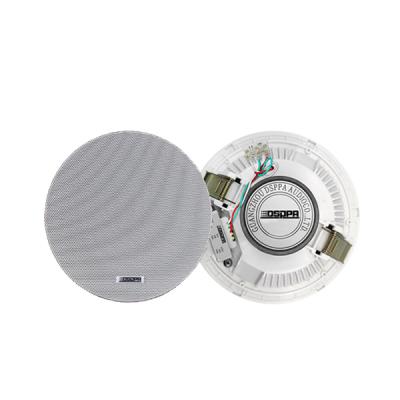

Leave a message



When it comes to video conference terminals, the first thing that comes to mind is the microcontroller unit (MCU). In fact, video conferencing terminals are not only MCUs, but also many terminals that need to be matched according to actual conditions. Now let's talk about the main parts of the video conference terminal.
The core element of the video conference terminal: a video conference MCU or a video conference server. The functions and uses of these two types are the same, and both serve as the information exchange and processing center of the complete video conference system.
The video core element of the video conference terminal: video conference high-definition camera. The cameras currently on the market are mainly divided into capture card mode or USB mode according to the compression technology of different video conferencing system terminals. Cameras in capture card mode are generally more expensive. And in terms of maintenance, the capture card camera is not as convenient and simple as the USB camera. Since the USB interface camera has a wide range of use and is convenient to carry, video conferencing terminals that require mobile terminals to join are more inclined to use USB camera video conference terminals.
Audio part of video conference terminal: conference omnidirectional microphone. In general small-scale conference rooms, we can use a USB conference omnidirectional microphone to achieve good audio transmission effects. But if it is a large conference room, you need to use a USB omnidirectional microphone and a mixer to solve it. If it is a personal mobile phone, computer, or tablet, you can use the audio device that comes with the mobile device, or prepare a headset.
The display part of the video conference terminal sub-venue: it is generally a projector, or a liquid crystal touch all-in-one machine can be selected conditionally.

 【DSPPA Demo】PAVA8000 EN54 Voice Evacuation SystemNovember 12, 2020Abstract: DSPPA PAVA8000 EN54 Voice Evacuation SystemToday, we are gonna show you a demo about our PAVA8000 EN54 Voice Evacuation System.PAVA8000EN54 Voice Evacuation System can not only support manua...view
【DSPPA Demo】PAVA8000 EN54 Voice Evacuation SystemNovember 12, 2020Abstract: DSPPA PAVA8000 EN54 Voice Evacuation SystemToday, we are gonna show you a demo about our PAVA8000 EN54 Voice Evacuation System.PAVA8000EN54 Voice Evacuation System can not only support manua...view The National Standard Approval Meeting held in BeijingJuly 19, 2019The National Standard Approval Meeting held in BeijingThe approval meeting of the National StandardTechnical standard of public address system engineeringis held in Beijing on July 16, 2019. Xue Chang...view
The National Standard Approval Meeting held in BeijingJuly 19, 2019The National Standard Approval Meeting held in BeijingThe approval meeting of the National StandardTechnical standard of public address system engineeringis held in Beijing on July 16, 2019. Xue Chang...view


